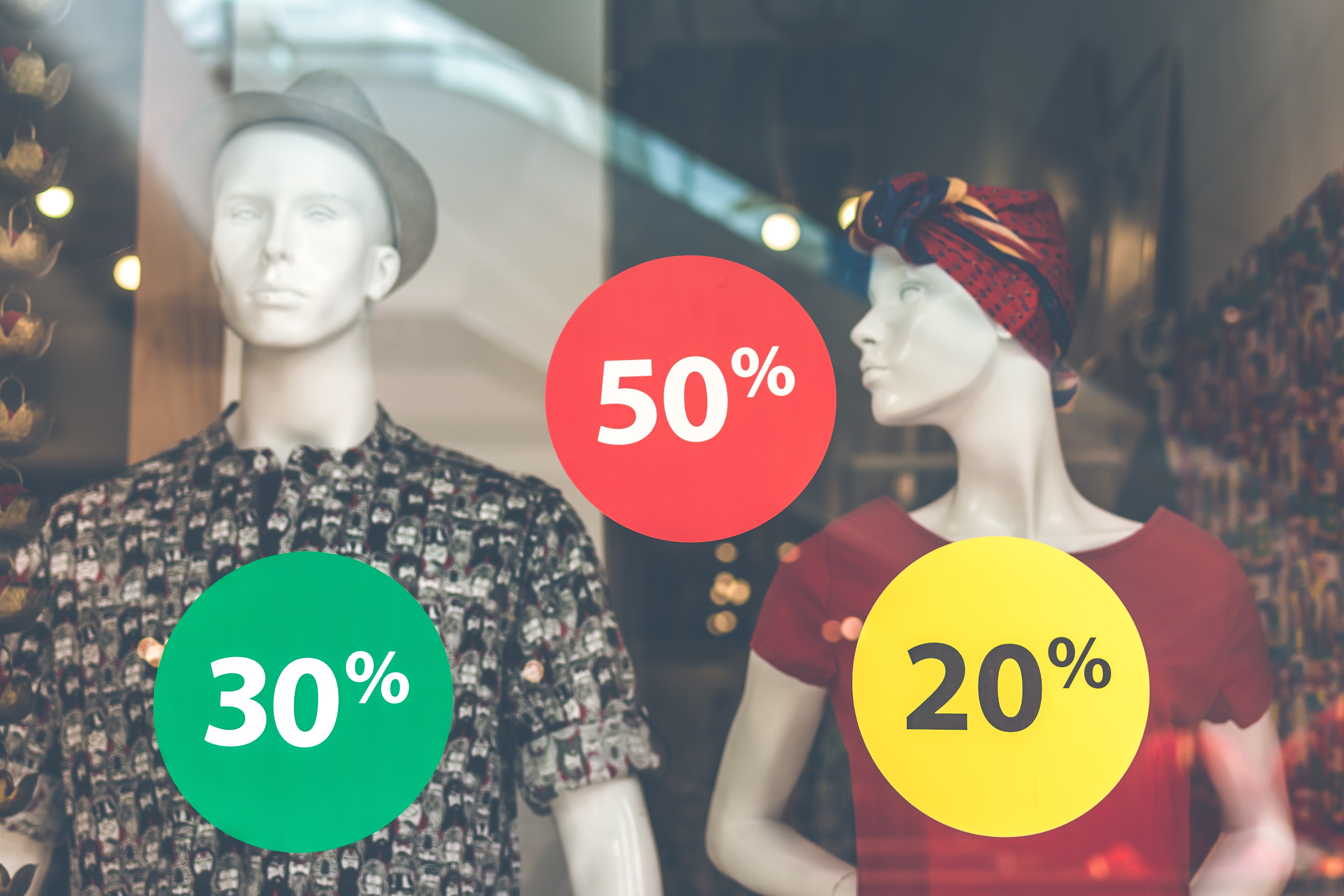Did you know that your business has incredible opportunities for growth and improvement, provided by your own returns data? Your returns can even be predicted, and business outcomes anticipated.
Analyzing and forecasting your returns gives you many options to plan and pivot for the coming fiscal year. And at Returnalyze, we can help you make these returns predictions.
 Supply Chain Predictions
Supply Chain Predictions
Predicting returns for your supply chain is incredibly beneficial, as you can predict the returns by suppliers for the upcoming year.
This allows you to negotiate allowances and adjust them as needed, according to the returns forecast. For example, if you're a retailer that has a 10% return rate allowance in the agreement with your product supplier, but you discover that the product typically has a 20% return rate, then you could be losing up to 10% revenue on that difference, thereby indicating a need to re-negotiate with your supplier.
Or, if your returns data points to lower return rates with one supplier compared to another, you want to be aware of these numbers so you can decide how to take action. Plus, in a post-pandemic economy, where supply chain issues are at the forefront of retail conversations, it's imperative that retailers deliver on their promises to customers.
According to a survey put out by Shopify, 66% of consumers are already aware of supply chain delays, and are looking for transparency from retailers. Additionally, 45% of shoppers are actively looking to shop from businesses that clearly show anticipated delivery times.
By looking closely at your supply chain, not only can you improve the retail experience for your customer, but you're able to make returns predictions and forecast for your business.
 Customer Profitability Predictions
Customer Profitability Predictions
Customer profitability comes from the revenue generated from a business's relationship with their customer. In other words, how profitable is each customer? And to go further — how profitable is a customer when considering their returns?
To know your customer profitability, you must first know your customer. Luckily, much insight can be gleaned from returns data. Your returns data will tell you a lot about your customer, and your customer will tell you a lot about your returns outcomes. Like we said in a previous blog post, your customers are sending you all kinds of signals!
Making predictions about customer profitability includes insight related to individual revenue, of course, but also provides insight to your productivity, supply chain, and yes — your returns. How often are your customers returning a product to your business? Analyzing your returns data will tell you. How much money are these returns costing you? Your returns analysis will tell you this, too.
 Core & New Product Predictions
Core & New Product Predictions
As a retailer, you're also able to make returns predictions when considering your selection of core and new products, which have different return rates.
Here at Returnalyze, we help retailers predict the performance of their products, so that they can act quickly and make adjustments to the product quality, assortment, or website details. We explained in the last blog post just how important making these adjustments can be in helping shoppers make informed purchases, and prevent unwanted returns.
As for launching new products, wouldn't it be nice to know how they will perform earlier, rather than later?
With our returns analysis, we have a unique ability to alert our clients if a new product is going to be a poor performer. Retailers can then curb their returns early on, rather than waiting several months to understand the product's performance.
For example, we can inform a retail partner after just 15 returns that a specific item is going to present returns issues for the business and should be investigated. That's pretty fast turnaround. Now, this retailer can quickly take action — after just a small number of returns — rather than waiting for this number to double or triple before investigating.
Having an ability to make predictions of your returns on core and new products is incredibly helpful to forecasting your overall business outcomes.
 Seasonality Predictions
Seasonality Predictions
Seasonality refers to the impact that shopping trends in certain times of the year can have on business and products.
For example, according to a survey by RetailMeNot, over half of holiday shoppers say that they plan to shop after Christmas, with 34% of consumers shopping for themselves after the holidays. Additionally, 37% of survey-takers say that they plan to return their gifts from the holiday season.
But the winter holiday season isn't the only time of year to consider. Other holidays such as Easter, Independence Day, etc., should be given attention, along with government-oriented times of year (think tax return season and school starting up in the fall), and fiscal timelines as related to quarterly and yearly reporting.
It's not just about the seasonal impact on business though, but the ability to predict and plan for the seasonality of certain products, too.
If you're a shoe retailer, for example, you might have boots selling in fall and winter but not in spring and summer. Or wedding sandals, for instance — these also have seasonality. There is a certain time of year when these shoes are more likely to sell. There are also products which aren't season-driven to be considered, such as a classic, closed-toe pump. This shoe will sell year-round.
As you can see, seasonality has to do with more than just general shopping trends, and extends to specific products. Taking these details into account can drastically help you plan for when products spike and dip in sales and returns through the year.
Accounting for the seasonal fluctuations your business will face is crucial for developing a clear understanding of your performance and outcomes — including what sorts of returns you can expect. As such, you can make adjustments as needed, like extending returns periods based on the time of year.
 Shopping Predictions
Shopping Predictions
We also know that digital and physical retail go hand-in-hand in today's commerce. Because in reality, in-store retail is still very dominant.
Knowing this fact enables retailers to understand what your customers want. And these days, they expect the best of both worlds. Shoppers want to order online and be able to return to a store, and they want to shop in-store and purchase online.
In fact, according to Shopify, 54% of consumers say that they'll look at a product online and buy it in-store, while 53% say they're more likely to look at a product in person and buy it online. So, customers are split down the middle about what they want. Like we said, they want both!
By providing a variation of purchasing and returns options — both in-store and online — you're able to drive down the number of unwanted returns, and also know which types of returns to expect.
Returns Predictions
Making returns predictions means having an overall ability to predict and plan for returns in the year ahead. In terms of financial planning, wouldn't it be nice to know what the return rate will look like per month for the upcoming year? Luckily, this knowledge is attainable, thanks to returns analysis.
It’s incredibly beneficial for your business to use your data to predict returns by channel. If you're a retailer who knows that 20% of your online sales will be returned in store, you can set expectations with floor associates and ensure your in-store returning operations are up-to-speed.
Or, perhaps your business utilizes a brand influencer program, and you plan to invest heavily into that program in the upcoming year. But then, thanks to our ability to predict returns by channel, you're informed that your influencers have the highest return rates of all your channels. Now, you can decide whether to invest as much as you planned, or if you should analyze and act on why this channel is driving such high returns.
 Overall Insight
Overall Insight
Your returns data as a whole provides insight to your overall business, which enables you to make predictions and informed decisions. As a retailer, you have the power to change your business outcomes.
And at Returnalyze, that's where we specialize. We help brands predict, identify, and act on returns insight. For more in-depth guidance from our experts, contact our professional team today.
